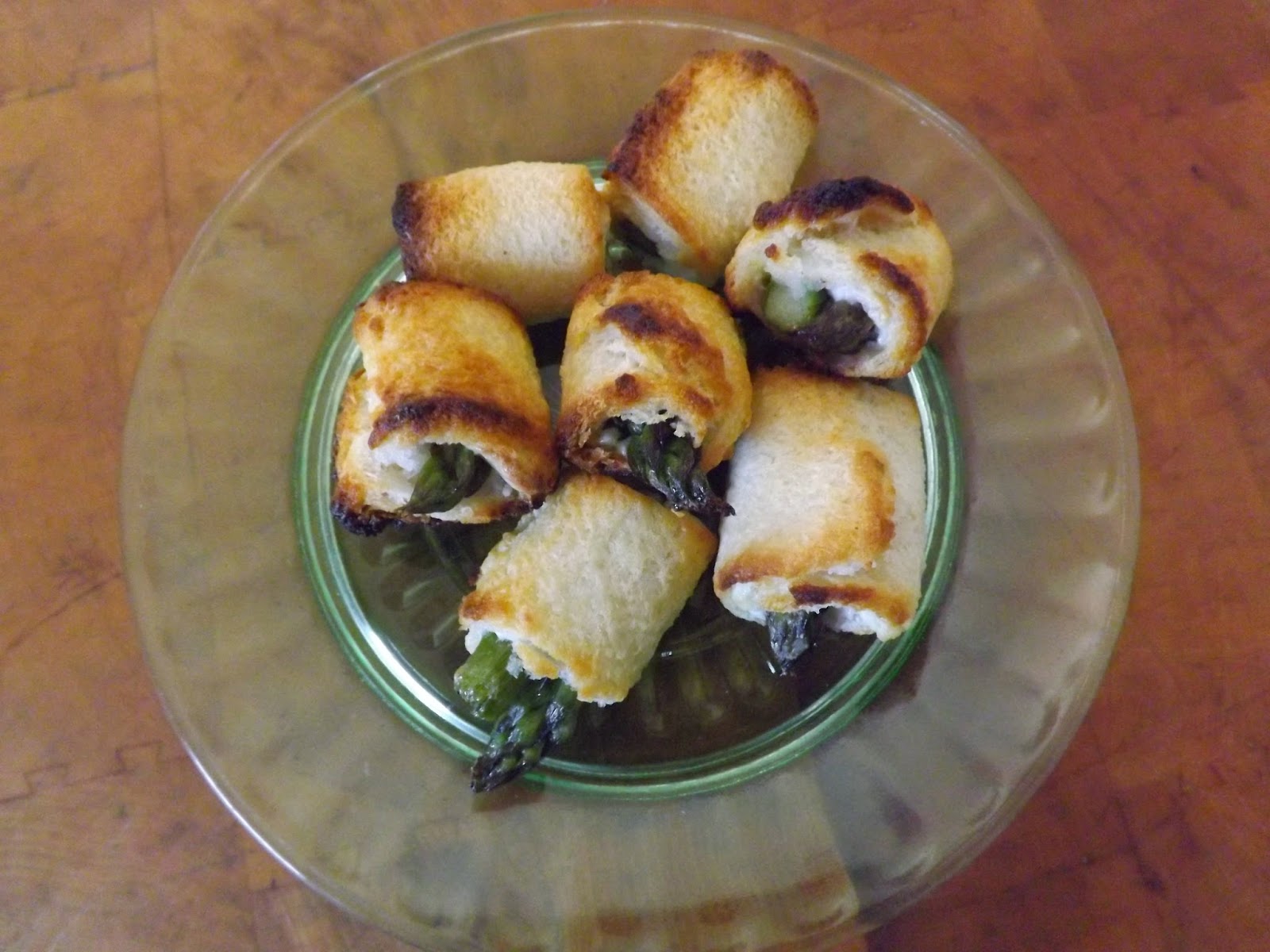It doesn't happen as often as it used to, but sometimes, friends invite me to accompany them to the gym. While elliptical machines, treadmills and stationary bicycles are excellent tools for toning one's body, I prefer a different kind of workout. Last Saturday's potato planting was a perfect example of why I politely refuse gym invites. . .
 |
| Ripped Potato Field |
With partly cloudy skies, a pleasantly warm afternoon and two hundred pounds of seed potatoes, my husband, Richard, and I decided to plant. Last week, Richard used a tractor implement called a ripper to turn the field, but on Saturday, we attached a disc and Richard proceeded to cultivate the almost one-acre expanse while I tidied the strawberry row, cut seed potatoes into pieces for planting and moved wire cages from another field where we will plant later crops.
 |
| Richard Discs the Field |
 Switching from the disc to a plow, Richard laid rows while I carried buckets of sand from the creek "beach" to add to soil where artichokes will, hopefully, grow this year. Finally, we began the arduous task of placing the potato pieces in the prepared rows. Potatoes have "eyes" where sprouts will form and we cut seed potatoes into pieces and place them in deep soil with the eyes facing up. The rule of thumb for cutting seed potatoes is that if a potato is smaller than a hen's egg, it should be planted whole. Since we planted thirteen varieties of potatoes on Saturday, we had thousands of pieces to place. Dropping potatoes into the rows is much easier, but invariably, the pieces will land with the eyes facing down, so we choose to place our seed by hand. While in a deep squat position (gym terminology!), we stretch as far as possible in each direction, spacing potatoes about ten to twelve inches apart. Neither of us is able to place more than eight before moving to another deep squat position a bit further down the row.
Switching from the disc to a plow, Richard laid rows while I carried buckets of sand from the creek "beach" to add to soil where artichokes will, hopefully, grow this year. Finally, we began the arduous task of placing the potato pieces in the prepared rows. Potatoes have "eyes" where sprouts will form and we cut seed potatoes into pieces and place them in deep soil with the eyes facing up. The rule of thumb for cutting seed potatoes is that if a potato is smaller than a hen's egg, it should be planted whole. Since we planted thirteen varieties of potatoes on Saturday, we had thousands of pieces to place. Dropping potatoes into the rows is much easier, but invariably, the pieces will land with the eyes facing down, so we choose to place our seed by hand. While in a deep squat position (gym terminology!), we stretch as far as possible in each direction, spacing potatoes about ten to twelve inches apart. Neither of us is able to place more than eight before moving to another deep squat position a bit further down the row. As we filled each row with potatoes, Richard used another tractor implement, the hiller, to pull soil over the potatoes in tall mounds. Until last year, we used hand rakes to cover the potatoes, so it is easy to see why the hiller is our favorite farm tool. Each potato row is approximately 250 feet long and we planted nine rows on Saturday. Our only break was around three in the afternoon, a ten-minute time when we ate sandwiches while standing. As the sun set, we admired the perfect rows and took a moment to appreciate the absence of weeds, which will soon begin to appear among our emerging potato plants, along with those voracious insect pests, Colorado potato beetles. This season's first-to-arrive Purple Martin, a migratory bird that lives in our birdhouse gourds, watched us from his perch. Soon, his family will join him.
 |
| Purple Martin Inspects Our Work |
Finally, it was too dark to see clearly and we loaded our tools while we enjoyed listening to a concert performance by "peepers," tiny frogs that hatch with the first warm days and loudly announce their arrival.
 |
| Potatoes in Row |
Although our bodies were exhausted and we anticipated the sore muscles and tender bruises we would feel the next day, Richard and I rejoiced in our labor. With the right balance of rain, warm weather and rich soil, the potatoes will provide healthy food for many people and we appreciate our role in that process. It is a physical and emotional satisfaction I never seem to find in the gym.





















